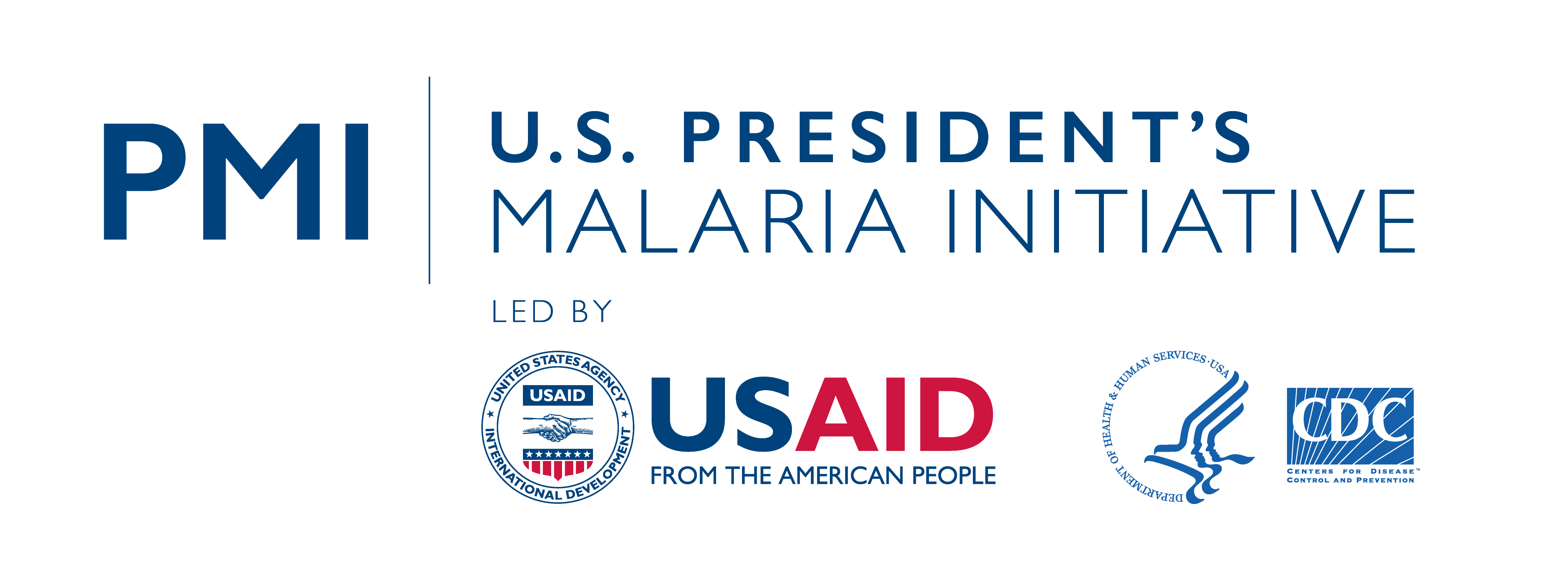 Malaria remains a major health problem in Madagascar, particularly for children and pregnant women. Severe malaria is among the top five causes of reported overall mortality.
Malaria remains a major health problem in Madagascar, particularly for children and pregnant women. Severe malaria is among the top five causes of reported overall mortality.
The cyclone season, extending from December to April, often results in flooding and increased risk of communicable diseases and malaria, compounded by the loss of Insecticide-treated Bed Nets (ITNs). The national strategy has organized the country into three geographic zones based on the local epidemiology and level of coverage of malaria interventions: control, consolidation, and pre-elimination zones.
In 2019, under the PMI VectorLink Madagascar project, Indoor Residual Spraying (IRS) was conducted in five districts, targeting 265,033 structures using organophosphate (Actellic CS 300), neonicotinoid (SumiShield® 50 WG), clothianidin & deltamethrin combination (Fludora Fusion) from November 4 to November 30, 2019. A total of 267,874 structures were sprayed out of 279,746 structures found by spray operators in the targeted districts, accounting for a coverage rate of 95.8 %.
In 2020, IRS was conducted in five districts, targeting 201,013 structures using organophosphate (Actellic CS 300), neonicotinoid (SumiShield® 50 WG), clothianidin & deltamethrin combination (Fludora Fusion) from November 2 to December 3, 2020. A total of 197,787 structures were sprayed out of 203,028 structures found by spray operators in the targeted districts, accounting for a coverage rate of 97.4%.
In 2021, under the PMI VectorLink Madagascar project, IRS was conducted in five districts, targeting 202,820 structures using organophosphate (Actellic® CS 300), neonicotinoid (Sumishield 50 WG), clothianidin & deltamethrin combination (Fludora® Fusion) from November 2 to December 3, 2021. A total of 213,922 structures were sprayed out of 217,289 structures found by spray operators (SOPs) in the targeted districts, accounting for an IRS coverage rate of 98.5%.
In year five (April 2022 – March 2023), the PMI VectorLink Madagascar project will work with stakeholders including NMCP, regions and districts, to spray 182,210 targeted structures in five districts using Klypson, Actellic 300CS, and Fludora Fusion. The project’s primary objective is to reach a minimum spray coverage of 85 percent of the eligible structures found in each district by implementing high-quality IRS operations.
In addition to IRS, in year five, the project, after consultation with PMI and NMCP, will carry out the following activities:
- Conduct geographical reconnaissance in the three new districts of Ivohibe, Fort Dauphin and Isandra to assess the feasibility of IRS in those districts and determine the population and the number of structures for insecticide forecasting.
- Build capacity of NMCP at the national, regional, district, and local levels to manage IRS operations, including planning, spraying, resource allocation, supervision, and monitoring and evaluation (M&E).
- Collaborate with health districts on prioritizing implementation of activities in their IRS exit/sustainability plans, which the project helped develop.
- Conduct cascade training with a focus on IRS supervision and spray techniques to improve the overall quality of spraying.
- Carry out a logistics assessment in all districts, and arrange all procurement, shipping, delivery, and storage of IRS commodities, and strengthen the IRS logistics and warehousing system through enhanced training and supervision.
- Coordinate community mobilization activities in collaboration with stakeholders to raise awareness of IRS and to encourage beneficiary and stakeholder ownership.
- Conduct insecticide resistance, wall bioassay, vector density monitoring, and behavioral studies, species identification of gambiae s.l. and An. funestus s.l. groups in country and/or at sentinel sites using a portable molecular laboratory platform and monitor the residual life of the sprayed insecticides using wall cone bioassays in the IRS districts.
- Build/expand molecular laboratory and insectary capacity at NMCP and district level sites to ensure species ID, insecticide resistance marker PCR and sporozoite detection for Plasmodium falciparum and vivax can be conducted with rapid turnaround for consideration in vector control decision making.
- Conduct an urban landscaping to identify and coordinate with existing urban vector (Aedes ) surveillance programs (for Aedes spp.) that can be leveraged for An. stephensi larval surveillance.
- Conduct larval surveillance in urban locations with high likelihood of introduction.
- Collaborate with existing PMI partners such as Access, IMPACT and PSI project in IRS districts (Ihosy, Ivohibe, Iakora, Isandra and Fort Dauphin) to complement each other’s work and avoid duplication of efforts more precisely in awareness raising and social mobilization.
- Implement community-based entomology programs in three districts to decentralize entomological surveillance efforts and build local malaria vector surveillance capacity.
- Conduct environmental compliance assessments (Environmental Audit and Environmental Social and Impact Assessment) in consultation with PMI and the National Environmental Management Authority.
- Gather medical entomology researchers from NMCP, universities and research institutes for a symposium on ongoing entomological surveillance methods and projects in Madagascar to ensure that there is no duplication of research efforts and ultimately to develop partnerships and collaborations and strengthen the national capacity for medical entomology in country.
- Conduct larviciding with acceptability/cost analysis and vector surveillance of rice fields in two districts (Morombe and Ankazobe) where there is known transmission of malaria, positive and narrower breeding sites, accessibility, availability of rainfall/ epidemiological data, baseline epidemiological data, and non-implementation of IRS.
- Implement streamlined durability monitoring in three districts following the mass campaign in July-August 2021.
- Conduct an epidemiological analysis for VectorLink Madagascar in 2022.
- Implement mobile data collection in two IRS districts (Ihosy and Isandra).

